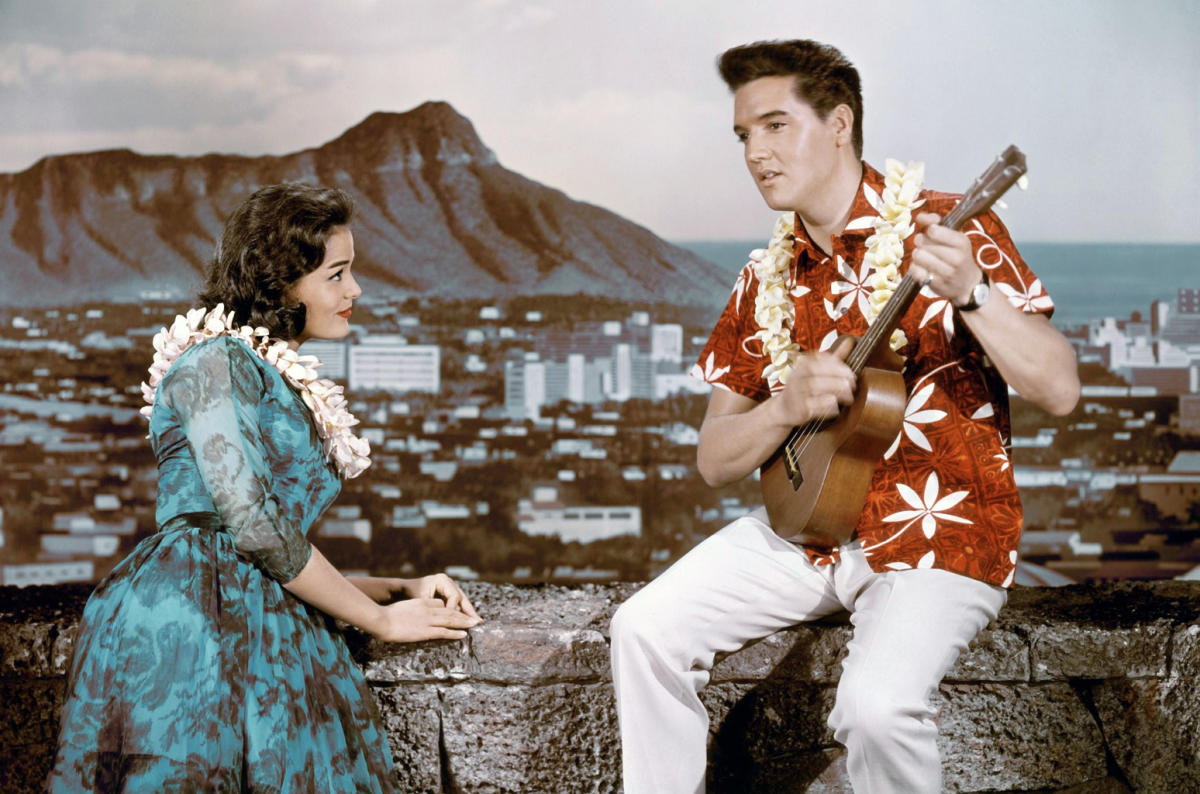In the sepia-toned pages of history, there exists a gallery of images that encapsulate the essence of a bygone era, where timber railroad bridges stood as silent sentinels of progress. These structures, immortalized through the lens of vintage photography, hold within them stories of innovation, perseverance, and connection. Join us on a journey back in time as we explore the captivating world of timber railroad bridges from the 1850s to the 1900s, delving deeper into their charm, significance, and legacy.

The mid-19th century witnessed an unprecedented wave of railroad expansion, as nations sought to connect distant corners of their territories through iron rails. Amidst this fervor, timber railroad bridges emerged as vital arteries of transportation, spanning rivers, valleys, and canyons with remarkable ingenuity. Photographs from this era offer a glimpse into the laborious process of construction, with teams of workers toiling amidst rugged landscapes to erect these wooden marvels.

As locomotives chugged along newly laid tracks, timber bridges became the lifeline of burgeoning industries, carrying raw materials, goods, and passengers to markets far and wide. The images captured during this period showcase the pioneering spirit of engineers and laborers who dared to defy the odds, forging pathways of progress amidst the wilderness.

Beyond their utilitarian function, timber railroad bridges stood as architectural feats, blending practicality with aesthetic appeal. Vintage photographs reveal the intricate lattice trusses, towering piers, and graceful curves that characterized these wooden structures. Each image is a testament to the craftsmanship and attention to detail that went into their construction, reflecting the artistry of an era defined by its commitment to both form and function.

In the soft light of dawn or the golden hues of sunset, timber bridges cast long shadows across the landscape, creating a picturesque scene that captured the imagination of photographers and travelers alike. These images serve as windows into a world where engineering and artistry converged to create enduring monuments to human ingenuity.

At the heart of timber railroad bridges lay their role in connecting communities, bridging geographical divides and fostering economic growth. Vintage photographs depict bustling scenes of locomotives crossing wooden trestles, carrying goods and passengers to distant destinations. From bustling cities to remote outposts, these bridges served as conduits of commerce and culture, shaping the social fabric of the regions they traversed.
As trains rumbled across their wooden decks, timber bridges became symbols of progress and possibility, opening up new horizons for those who lived along their routes. Through the lens of history, we witness the transformative impact of railroads on society, as they knit together disparate communities into a tapestry of shared aspirations and ambitions.

The longevity of timber railroad bridges was often tested by the unforgiving forces of nature, from floods and fires to the relentless march of time. Vintage photographs capture the resilience of these structures, standing firm against the elements and enduring decades of service despite the odds. Each image tells a story of resilience and perseverance, as timber bridges weathered the storms of history to become enduring symbols of strength and endurance.
As wooden planks creaked beneath the weight of passing trains and weathered timbers bore the scars of countless seasons, timber bridges stood as monuments to human determination and ingenuity. In the face of adversity, they stood steadfast, a testament to the indomitable spirit of those who built and maintained them.

As the 20th century dawned, the landscape of transportation underwent profound changes, with steel and concrete supplanting timber as the preferred materials for bridge construction. Vintage photographs capture this transition, offering glimpses of timber railroad bridges gradually fading into the backdrop of modernization. Yet, their legacy endures in the form of historical landmarks, preserved photographs, and the memories of those who traversed these wooden pathways in days gone by.

In the quiet corners of rural landscapes or amidst the hustle and bustle of urban centers, remnants of timber railroad bridges stand as silent reminders of a bygone era. Their weathered timbers and faded memories serve as poignant reflections of a time when wooden bridges spanned the divides between past and present, connecting generations in a shared narrative of progress and perseverance.

In the timeless realm of vintage photography, timber railroad bridges emerge as relics of a bygone era, where wooden structures defied the odds to connect nations and shape the course of history. Through the lens of history, we are transported back in time to an era of pioneering spirit and industrial ambition, where timber bridges stood as monuments to human ingenuity and resilience. As we reflect on the legacy of timber railroad bridges from the 1850s to the 1900s, we are reminded of the enduring power of human determination to leave an indelible mark on the landscape of progress.
(See more photos below)


















